Cut, Core & Drill with Confidence
Precision. Safety. Reliability.
Cut, Core & Drill with Confidence
Precision. Safety. Reliability.
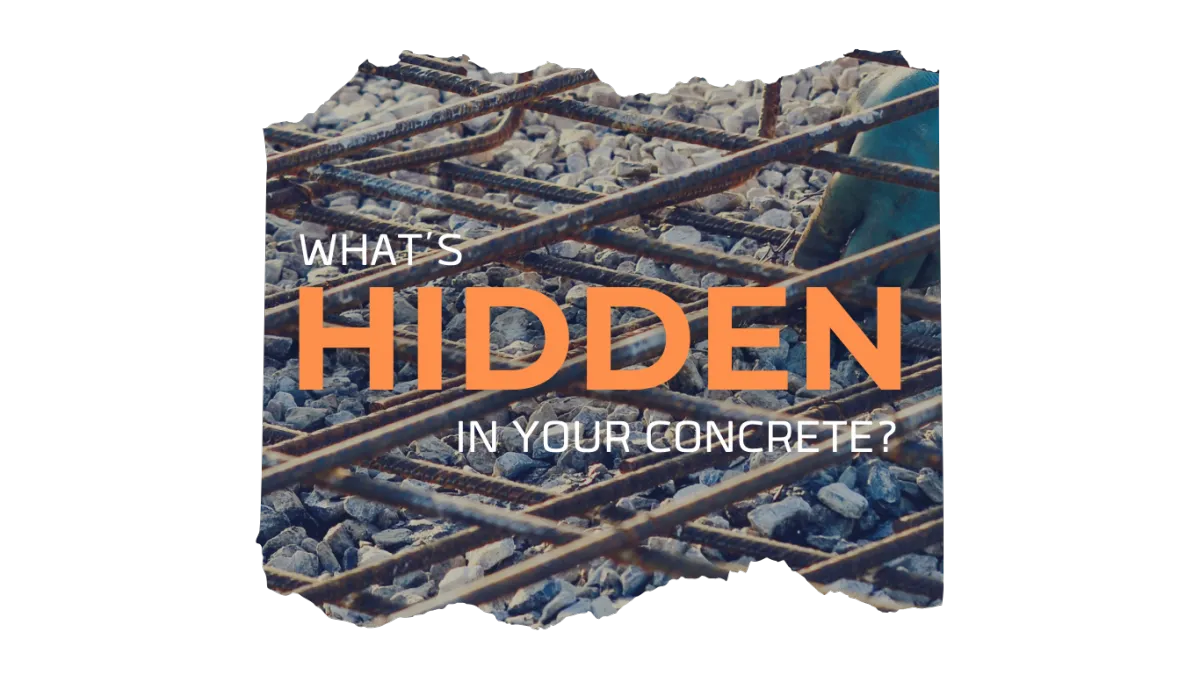
OC FINDS IT
GPR scanning of concrete helps reveal rebar, voids, and other subsurface features. It’s also a reliable method for structural assessment, including concrete slab thickness and rebar spacing measurements.
Ground Penetrating Radar
Slab on Grade Applications
Concrete Thickness
Rebar Locating
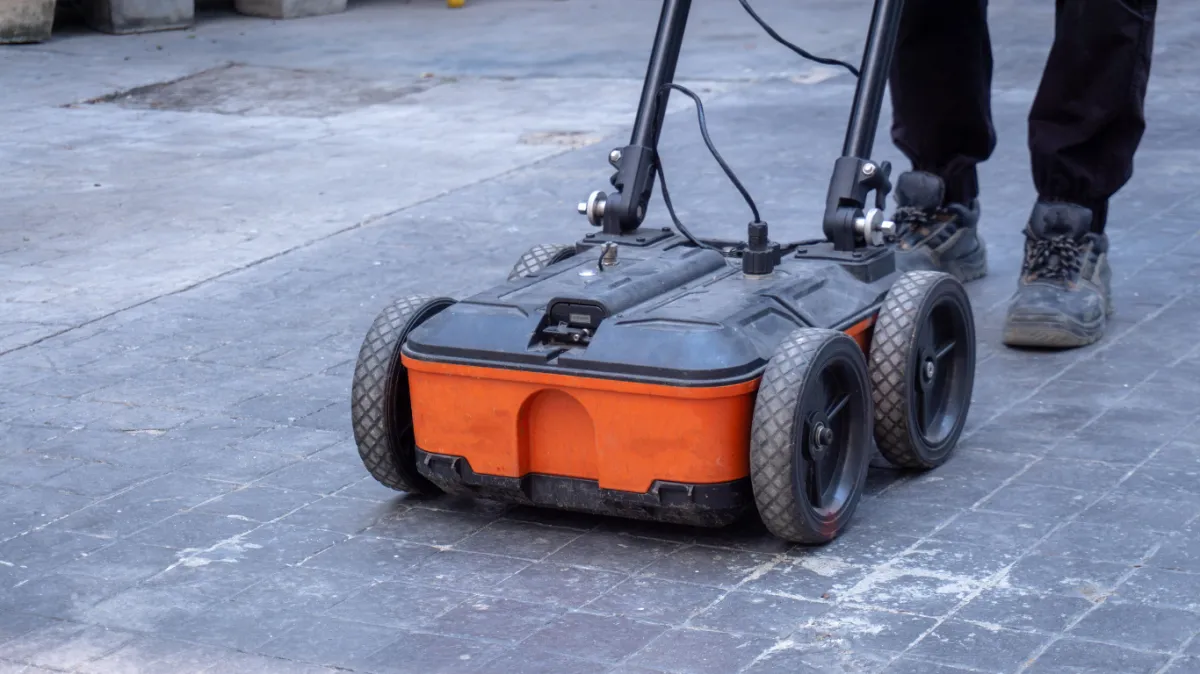
Ground Penetrating Radar
GPR scanners transmit radio waves into concrete slabs and analyze how those waves interact with subsurface objects, producing a readout of hyperbolas whose size and shape vary based on the material detected. SIM-certified Project Managers from OC Coring interpret this data to identify what was found and estimate its depth within the slab.

Concrete Thickness
OC Coring Project Managers deliver GPR scanning services that help structural engineers gather critical slab data, such as concrete cover and overlay thickness, overall slab thickness, and dowel placement. Unlike many other concrete scanning providers, OC Coring is equipped with the training and technology to assess concrete structures of any size or complexity.
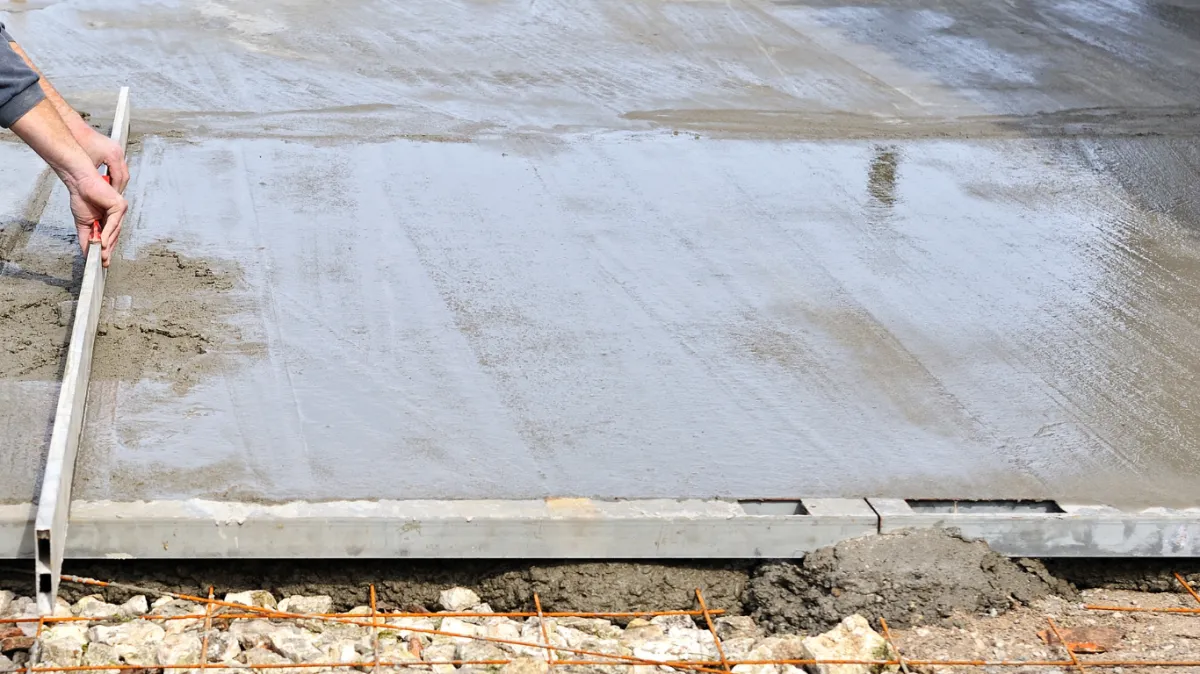
Slab on Grade
One of the key advantages of ground penetrating radar over X-ray scanning is its ability to visualize what lies within and beneath slab-on-grade concrete. Since GPR requires access to only one side of the slab or structure, it can effectively scan for anomalies—such as embedded materials—without needing access to both sides.
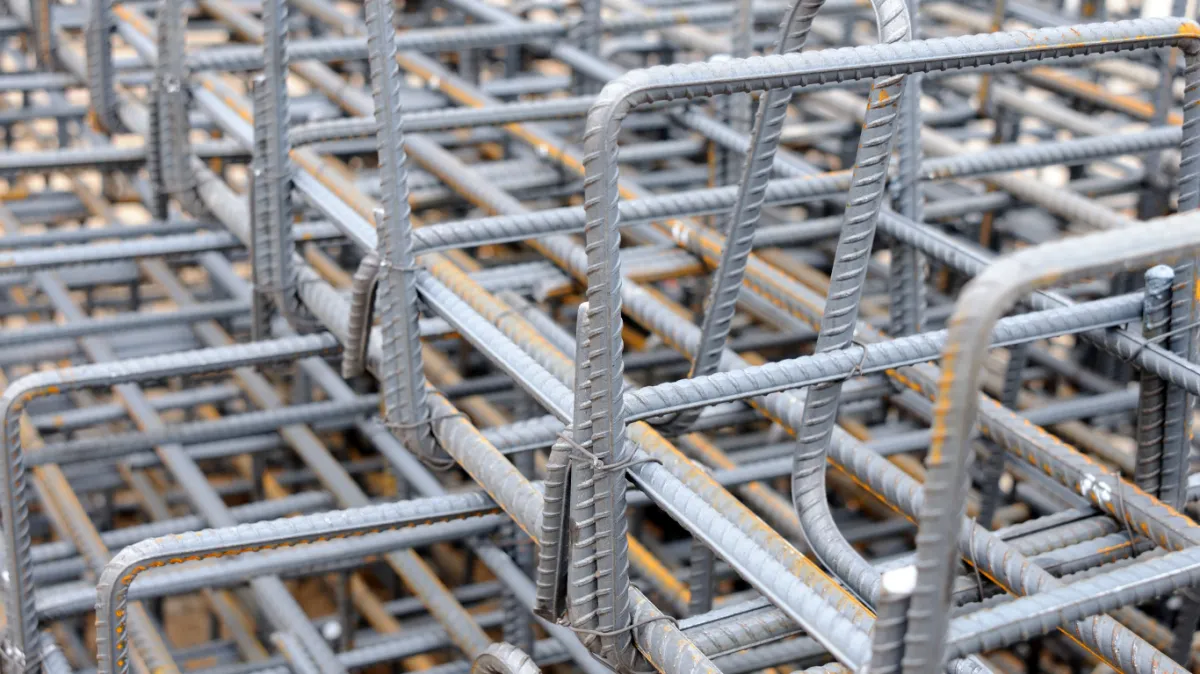
Rebar Locating
Damaging rebar can cost tens of thousands of dollars in repairs—not to mention the risk of additional structural damage or injury. OC Coring Project Managers are specially trained to use GPR technology to accurately locate and map rebar within your concrete slab or structure.
OC FINDS IT

GPR scanning of concrete helps reveal rebar, voids, and other subsurface features. It’s also a reliable method for structural assessment, including concrete slab thickness and rebar spacing measurements.
Ground Penetrating Radar
Slab on Grade Applications
Concrete Thickness
Rebar Locating

Ground Penetrating Radar
GPR scanners transmit radio waves into concrete slabs and analyze how those waves interact with subsurface objects, producing a readout of hyperbolas whose size and shape vary based on the material detected. SIM-certified Project Managers from OC Coring interpret this data to identify what was found and estimate its depth within the slab.

Concrete Thickness
OC Coring Project Managers deliver GPR scanning services that help structural engineers gather critical slab data, such as concrete cover and overlay thickness, overall slab thickness, and dowel placement. Unlike many other concrete scanning providers, OC Coring is equipped with the training and technology to assess concrete structures of any size or complexity.

Slab on Grade
One of the key advantages of ground penetrating radar over X-ray scanning is its ability to visualize what lies within and beneath slab-on-grade concrete. Since GPR requires access to only one side of the slab or structure, it can effectively scan for anomalies—such as embedded materials—without needing access to both sides.

Rebar Locating
Damaging rebar can cost tens of thousands of dollars in repairs—not to mention the risk of additional structural damage or injury. OC Coring Project Managers are specially trained to use GPR technology to accurately locate and map rebar within your concrete slab or structure.
THE RIGHT TOOLS

Ground Penetrating Radar (GPR)
OC Coring employs the Proceq GP8800 Ground Penetrating Radar Scanner for precision concrete scanning & imaging. Its 400-6000 MHz modulated frequency range means we can locate a wide range of subsurface objects with one pass, and its wireless functionality allows us to scan hard-to-reach locations or uneven surfaces.
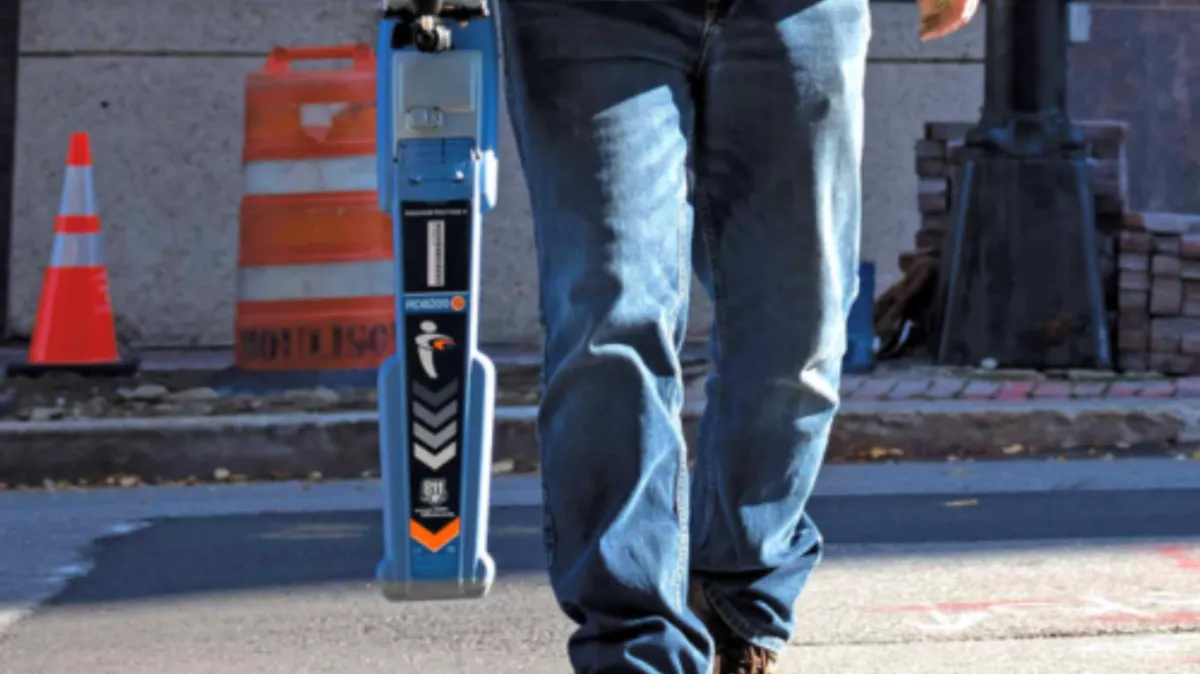
EM Locating
OC Coring uses the Vivax vLoc3-Pro Electromagnetic (EM) Locator to passively detect the signals from live AC power or radio signals travelling along conductive utilities. We also use it in conjunction with a transmitter to connect directly to accessible metallic pipes, risers, or tracer wires.
THE RIGHT TOOLS

Ground Penetrating Radar (GPR)
OC Coring employs the Proceq GP8800 Ground Penetrating Radar Scanner for precision concrete scanning & imaging. Its 400-6000 MHz modulated frequency range means we can locate a wide range of subsurface objects with one pass, and its wireless functionality allows us to scan hard-to-reach locations or uneven surfaces.

EM Locating
OC Coring uses the Vivax vLoc3-Pro Electromagnetic (EM) Locator to passively detect the signals from live AC power or radio signals travelling along conductive utilities. We also use it in conjunction with a transmitter to connect directly to accessible metallic pipes, risers, or tracer wires.
FACILITY MANAGERS
Capturing accurate and up-to-date existing conditions for the infrastructure embedded within and buried below your concrete can greatly reduce or eliminate subsurface damage when you cut or core that concrete. You’ll save money and keep everyone at your facility safe.
GENERAL CONTRACTORS
Protect your team, your budget, your schedule, and your reputation from the dangers of subsurface damage. OC Coring Concrete Scanning Services give you the peace of mind that comes from knowing you can cut or core with confidence.
FACILITY MANAGERS
Capturing accurate and up-to-date existing conditions for the infrastructure embedded within and buried below your concrete can greatly reduce or eliminate subsurface damage when you cut or core that concrete. You’ll save money and keep everyone at your facility safe.
GENERAL CONTRACTORS
Protect your team, your budget, your schedule, and your reputation from the dangers of subsurface damage. OC Coring Concrete Scanning Services give you the peace of mind that comes from knowing you can cut or core with confidence.
FREQUENTLY ASKED QUESTIONS
Can ground penetrating radar scan concrete slab-on-grade?
Yes, it can. Unlike with X-ray, where both sides of a concrete slab must be accessible to obtain a picture of the subsurface structure, GPR only requires access to one side of a slab to obtain a comprehensive view of what’s inside. This makes it an ideal technology for evaluating concrete slab-on-grade.
Can ground penetrating radar identify the difference between rebar, post tension cables, electrical conduits, and other embedded materials?
GPR on its own does not tell you what type of object has been located, which is why it is inadvisable to attempt to complete this type of work yourself. Fortunately, GPRS Project Managers are uniquely equipped to interpret the data collected by a GPR scanner to identify the type of embedded material present. Every OC Coring Project Manager is required to complete the Subsurface Investigation Methodology (SIM) training program, which involves 320 hours of field training and 80 hours of classroom training. Through this regimen, our Project Managers tackle real-world scenarios in a safe and structured environment where they can learn to tackle these challenges with the highest level of accuracy and professionalism.
How accurate is ground penetrating radar with marking anomalies in concrete?
When operated by our highly trained Project Managers, GPR’s typical accuracy is +/- ¼” to the center of the object in concrete we locate: conduit, post tension cables, and rebar. We can also pinpoint the depth of every object we locate in concrete with an accuracy of +/- 10-15%. Because our accuracy while scanning with GPR is so high, we can offer you our professional opinion to help you know where you are able to drill without the risk of hitting any objects marked on the slab. For safety concerns, we always tell our contractors to move one-to-two inches from any marked line as they prepare to cut or drill to be sure they safely miss any embedded objects.
Are there any health risks associated with ground penetrating radar?
No. This concern usually comes from someone familiar with X-ray technology, which carries the health risk of radiation-exposure. This is one of many reasons why concrete scanning and imaging with GPR is considered a safer, more efficient, and ultimately more successful alternative to X-ray. The typical power output of a GPR antenna is less than what is produced by the cell phone in your pocket. As a result, there are no health concerns with our Project Managers, construction workers, or tenants in the building where scanning is taking place. Additionally, GPR scanning is a quiet process, so noise issues are also not a concern.
How long does it take to scan an area for core drilling?
Ground penetrating radar is an extremely efficient and rapid technology. Large areas can be easily and quickly scanned with the state-of-the-art GPR units utilized by OC Coring Project Managers. Our standard layout for a typical core drilling location is 2’x2’. It usually takes about 10 minutes to scan and mark an area this size.
FREQUENTLY ASKED QUESTIONS
Can ground penetrating radar scan concrete slab-on-grade?
Yes, it can. Unlike with X-ray, where both sides of a concrete slab must be accessible to obtain a picture of the subsurface structure, GPR only requires access to one side of a slab to obtain a comprehensive view of what’s inside. This makes it an ideal technology for evaluating concrete slab-on-grade.
Can ground penetrating radar identify the difference between rebar, post tension cables, electrical conduits, and other embedded materials?
GPR on its own does not tell you what type of object has been located, which is why it is inadvisable to attempt to complete this type of work yourself. Fortunately, OC Coring Project Managers are uniquely equipped to interpret the data collected by a GPR scanner to identify the type of embedded material present. Every OC Coring Project Manager is required to complete the Subsurface Investigation Methodology (SIM) training program, which involves 320 hours of field training and 80 hours of classroom training. Through this regimen, our Project Managers tackle real-world scenarios in a safe and structured environment where they can learn to tackle these challenges with the highest level of accuracy and professionalism.
How accurate is ground penetrating radar with marking anomalies in concrete?
When operated by our highly trained Project Managers, GPR’s typical accuracy is +/- ¼” to the center of the object in concrete we locate: conduit, post tension cables, and rebar. We can also pinpoint the depth of every object we locate in concrete with an accuracy of +/- 10-15%. Because our accuracy while scanning with GPR is so high, we can offer you our professional opinion to help you know where you are able to drill without the risk of hitting any objects marked on the slab. For safety concerns, we always tell our contractors to move one-to-two inches from any marked line as they prepare to cut or drill to be sure they safely miss any embedded objects.
Are there any health risks associated with ground penetrating radar?
No. This concern usually comes from someone familiar with X-ray technology, which carries the health risk of radiation-exposure. This is one of many reasons why concrete scanning and imaging with GPR is considered a safer, more efficient, and ultimately more successful alternative to X-ray. The typical power output of a GPR antenna is less than what is produced by the cell phone in your pocket. As a result, there are no health concerns with our Project Managers, construction workers, or tenants in the building where scanning is taking place. Additionally, GPR scanning is a quiet process, so noise issues are also not a concern.
How long does it take to scan an area for core drilling?
Ground penetrating radar is an extremely efficient and rapid technology. Large areas can be easily and quickly scanned with the state-of-the-art GPR units utilized by OC Coring Project Managers. Our standard layout for a typical core drilling location is 2’x2’. It usually takes about 10 minutes to scan and mark an area this size.
OC CORING
Where Insight Meets Infrastructure
OC CORING
Where Insight Meets Infrastructure
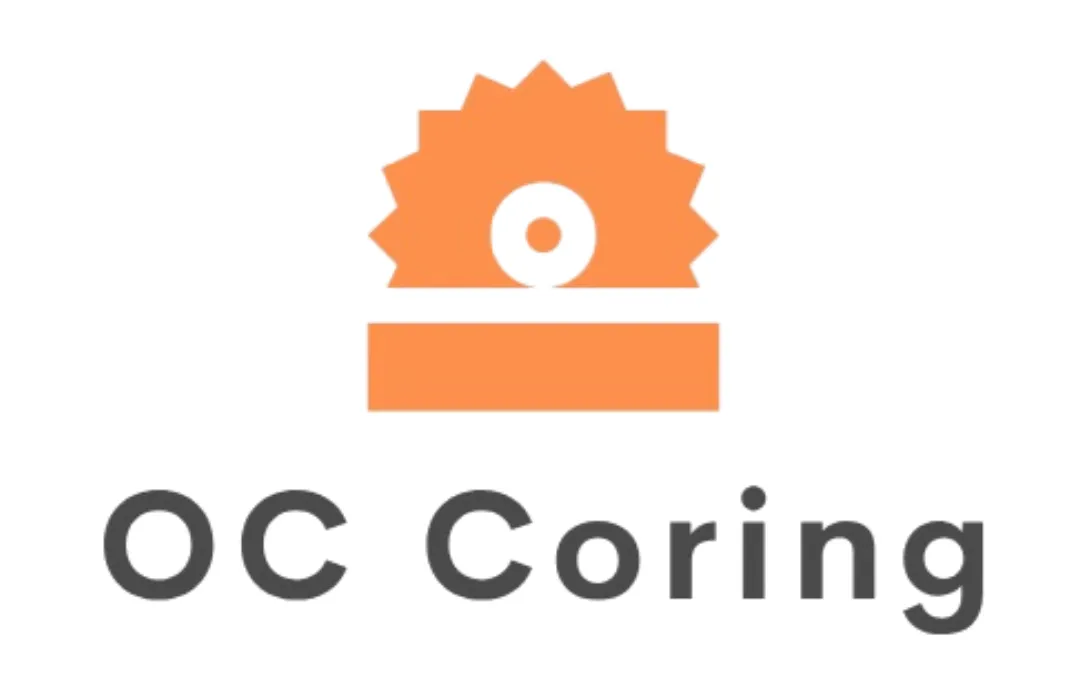
OC CORING
OC Coring — Precision, Safety, and Reliability Serving Southern California Since 2008
PO Box Address
PO Box 986
Dana Point, CA 92629
Email here
+1 (949) 584-1634
Links
Home
Services
Newsletter
OC Coring © 2025 | All rights reserved
Privacy Policy | Terms of Service

OC CORING
OC Coring — Precision, Safety, and Reliability Serving Southern California Since 2008
PO Box Address
PO Box 986
Dana Point, CA 92629
Email here
+1 (949) 584-1634
Links
Home
Services
OC Coring © 2025 | All rights reserved
Privacy Policy | Terms of Service